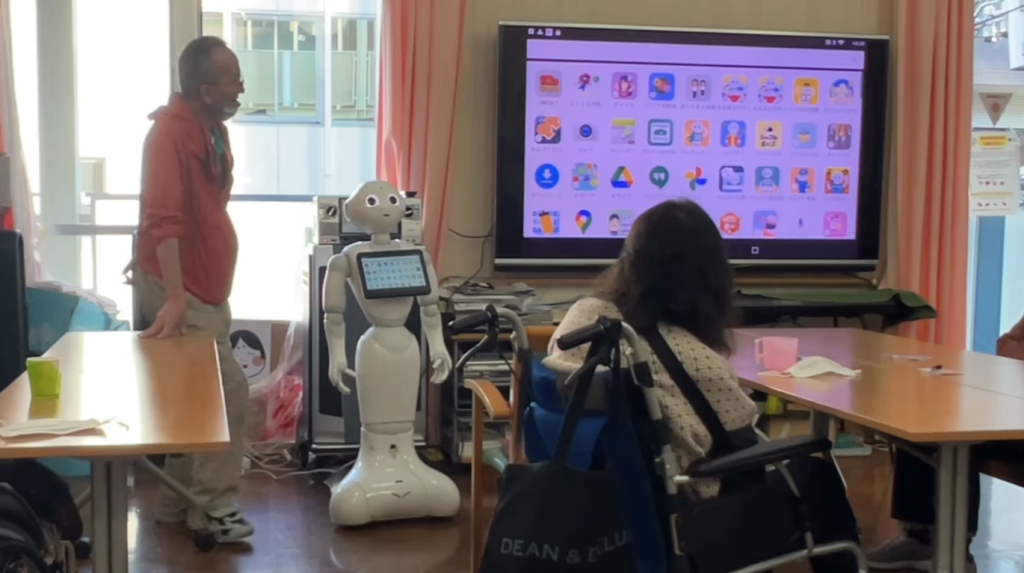They help improve mobility and foster independence.
Others are reading now
In Japan, where nearly a third of the population is over 65, caring for the elderly has become a national challenge.
With an aging workforce and growing demand for care services, innovative solutions have become a necessity.
Japan has turned to technology to address this issue, integrating advanced devices and robots into care homes to support both residents and caregivers.
At Shintomi, a care home in Tokyo, these innovations are changing lives. An 83-year-old resident walks confidently with the aid of an exoskeleton.
Also read
More Than Assistants
The device supports her movements by detecting hip motions, making each step easier.
“My legs feel much lighter!” she exclaims, her gratitude evident. Staff members also benefit, using the same exoskeletons to lift heavy objects.
Robots are central to this transformation. Devices like Pepper lead interactive activities, while digital mirrors guide residents through balance and coordination exercises.
These tools do more than assist with daily tasks — they help improve mobility and foster independence.
Honda has contributed to this shift with walking aids designed from years of studying human movement. These devices allow seniors to maintain an active lifestyle, an essential part of healthy aging.
The director of the facility, Kimiya Ishikawa, believes Japan’s comfort with technology has eased its integration into care homes.
“We test new technologies every day and select those that truly help our residents,” says Fukushima, a supervisor at Shintomi.
But technology isn’t a complete solution. Ishikawa acknowledges that robots cannot replace the warmth of human interaction. Instead, they reduce the physical strain on caregivers and provide additional support.
Experts outside Japan share similar views.
David Sinclair from the International Longevity Centre UK argues that while robots may be impressive, simpler innovations like mobility aids or sensors could have a broader impact.





